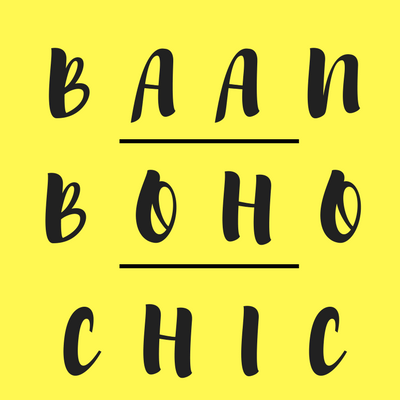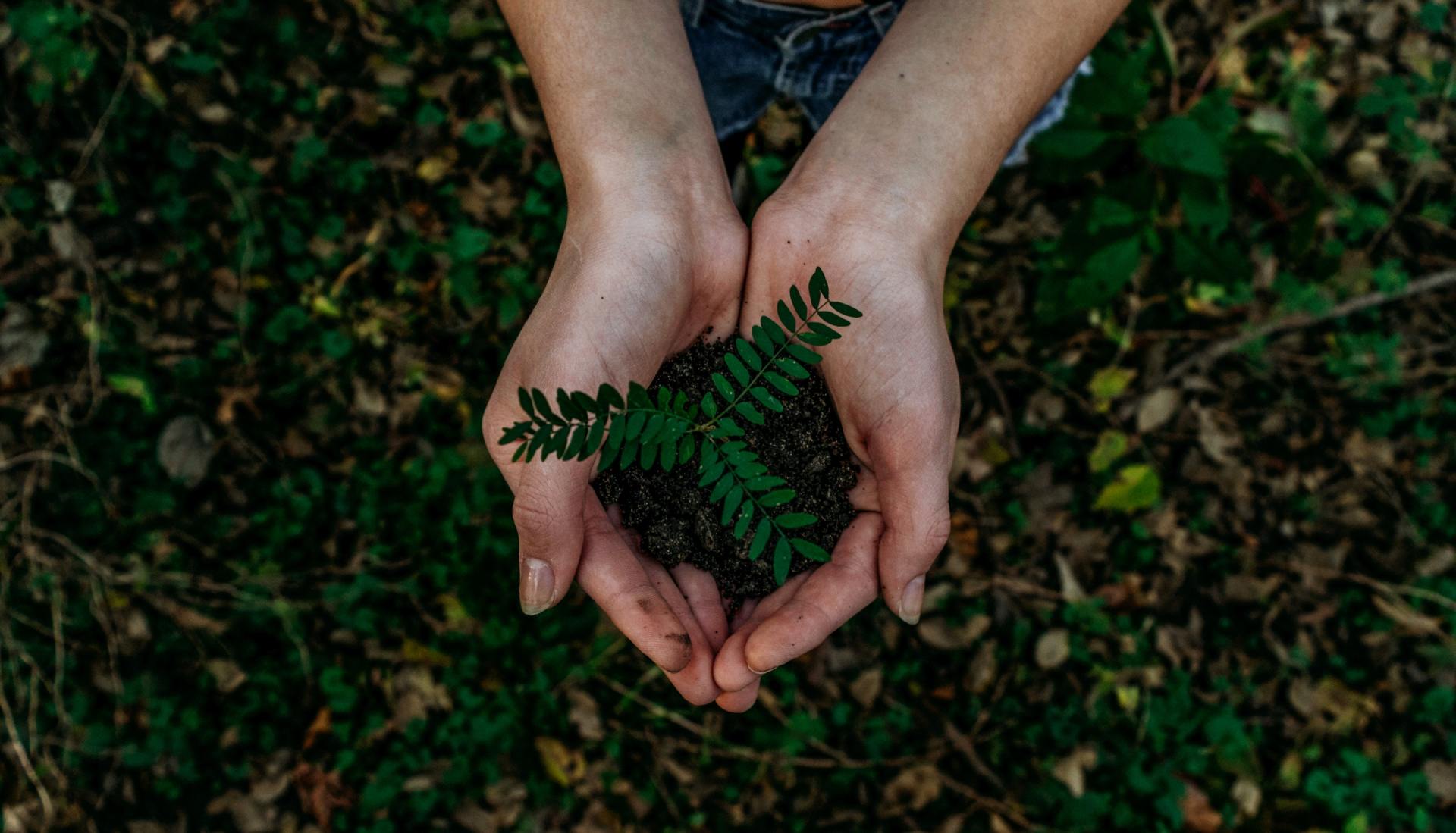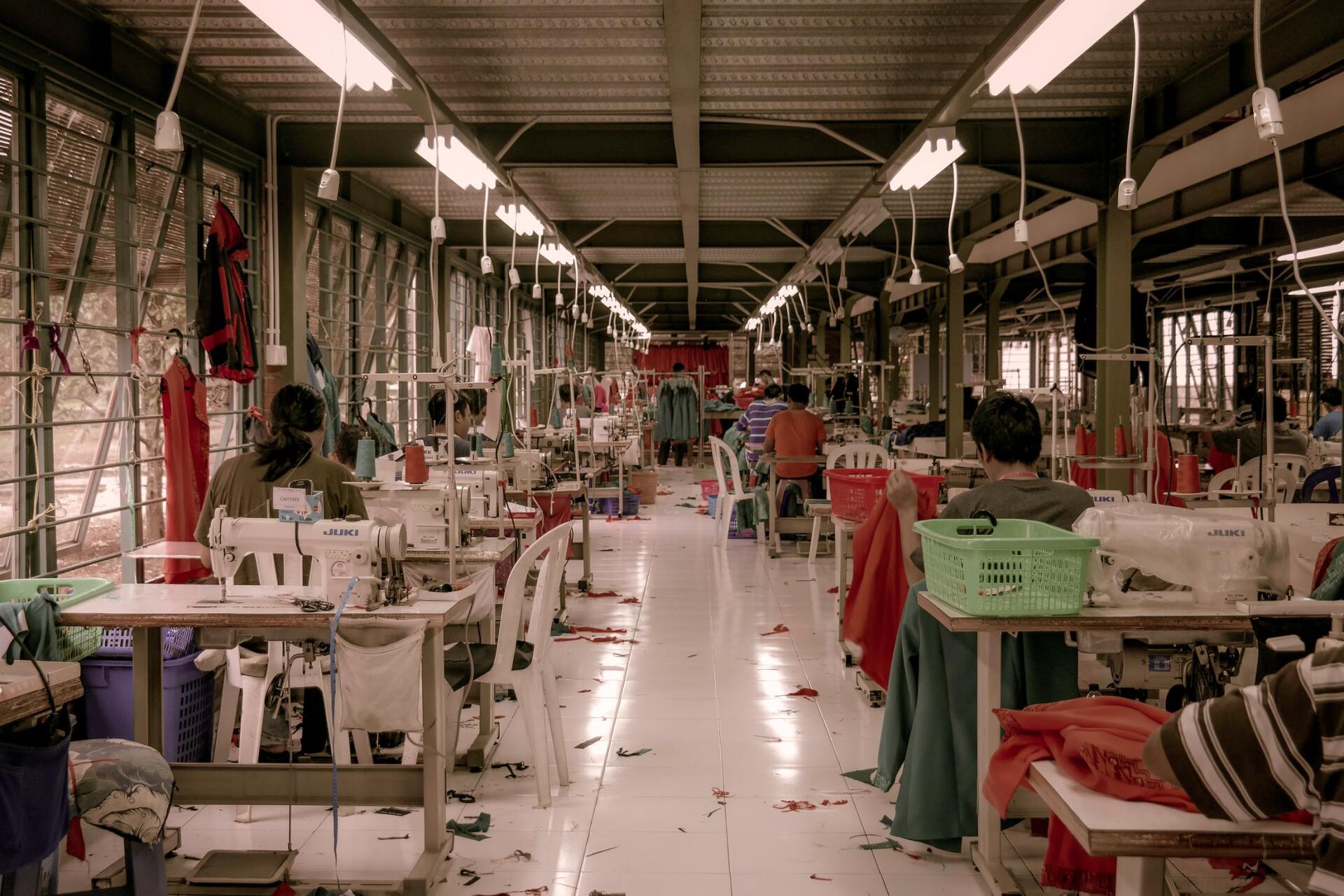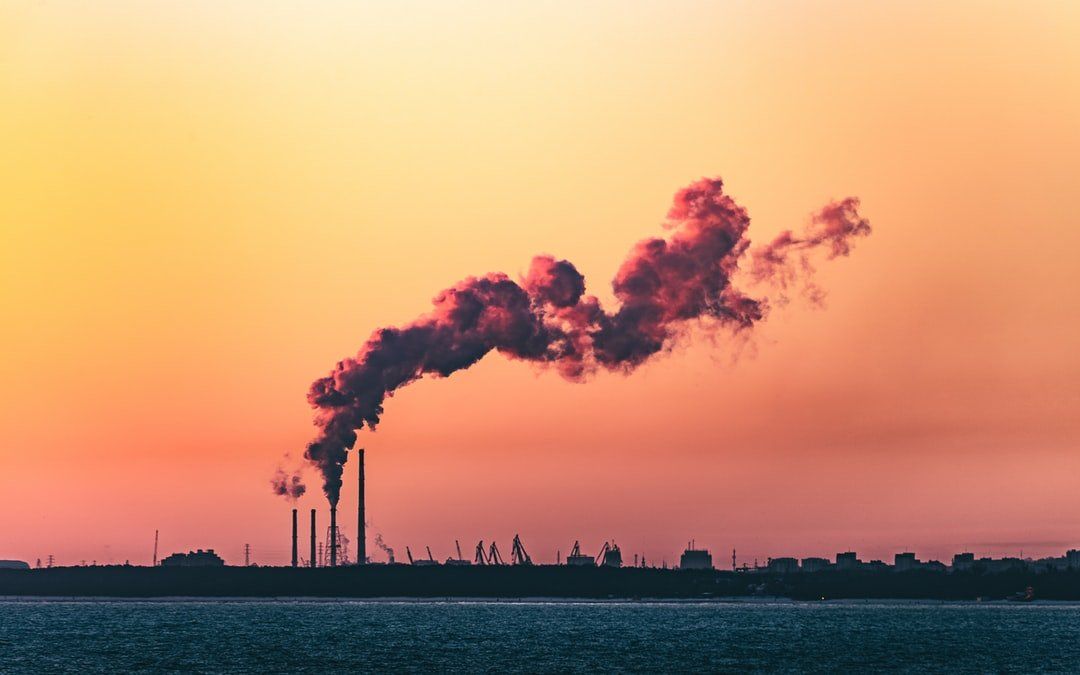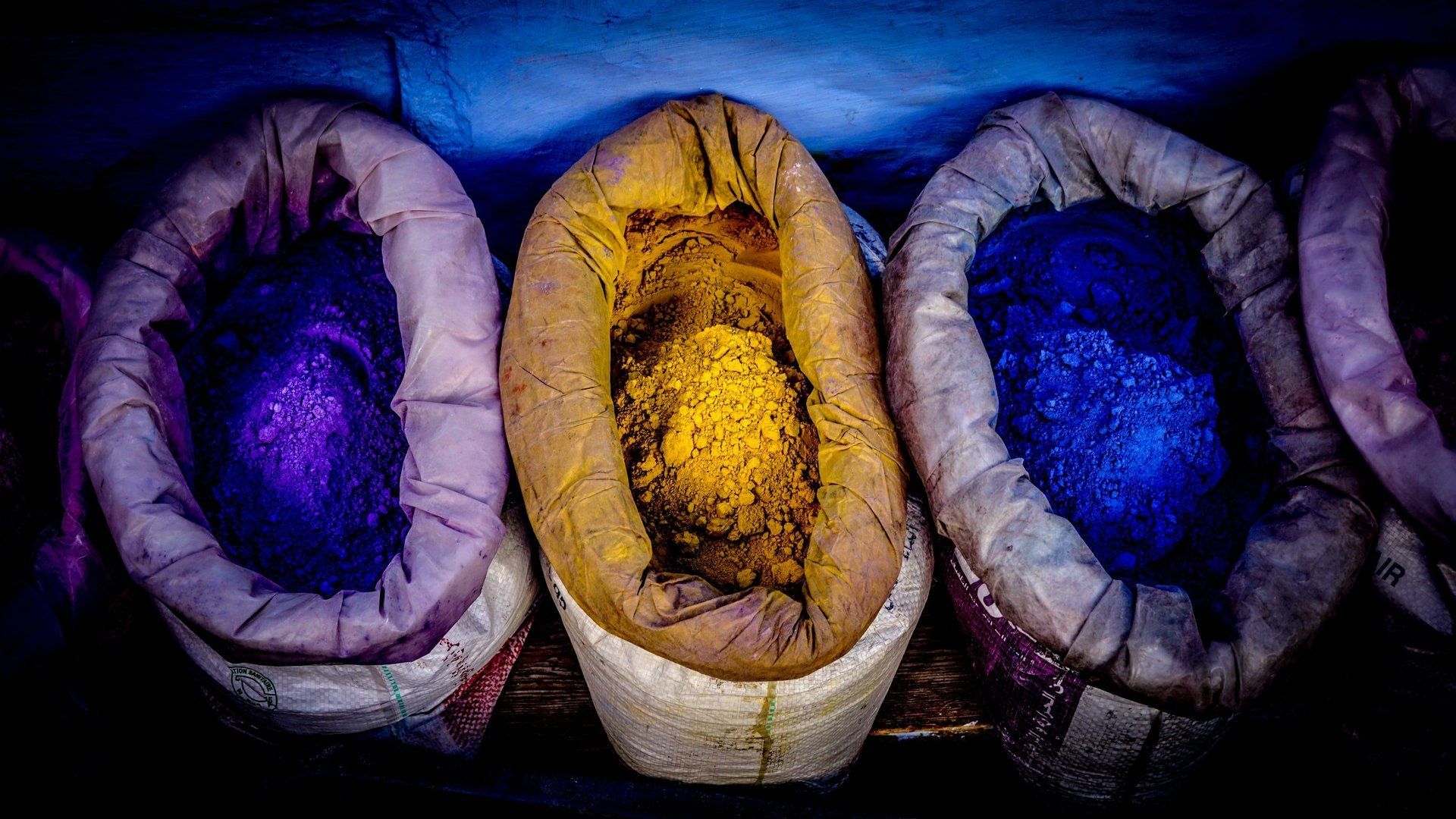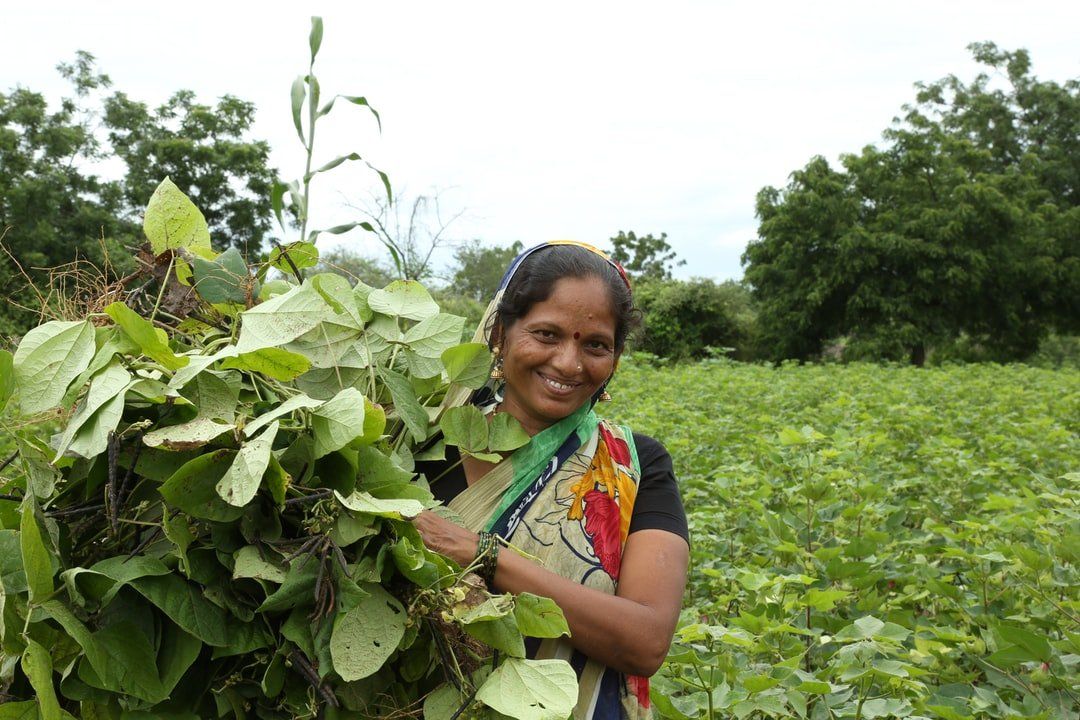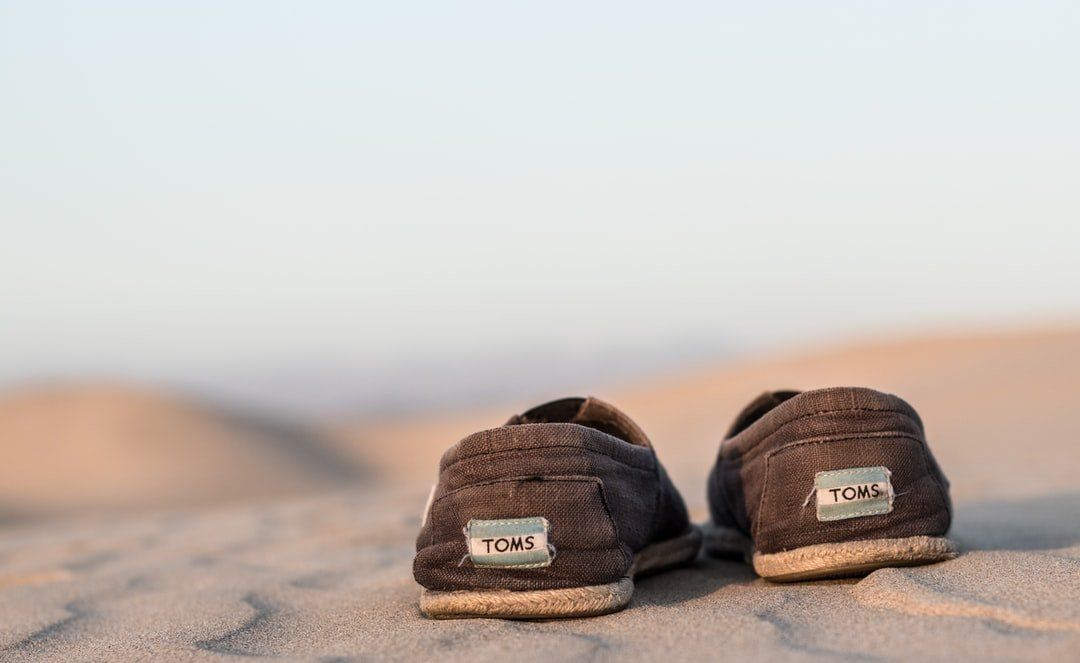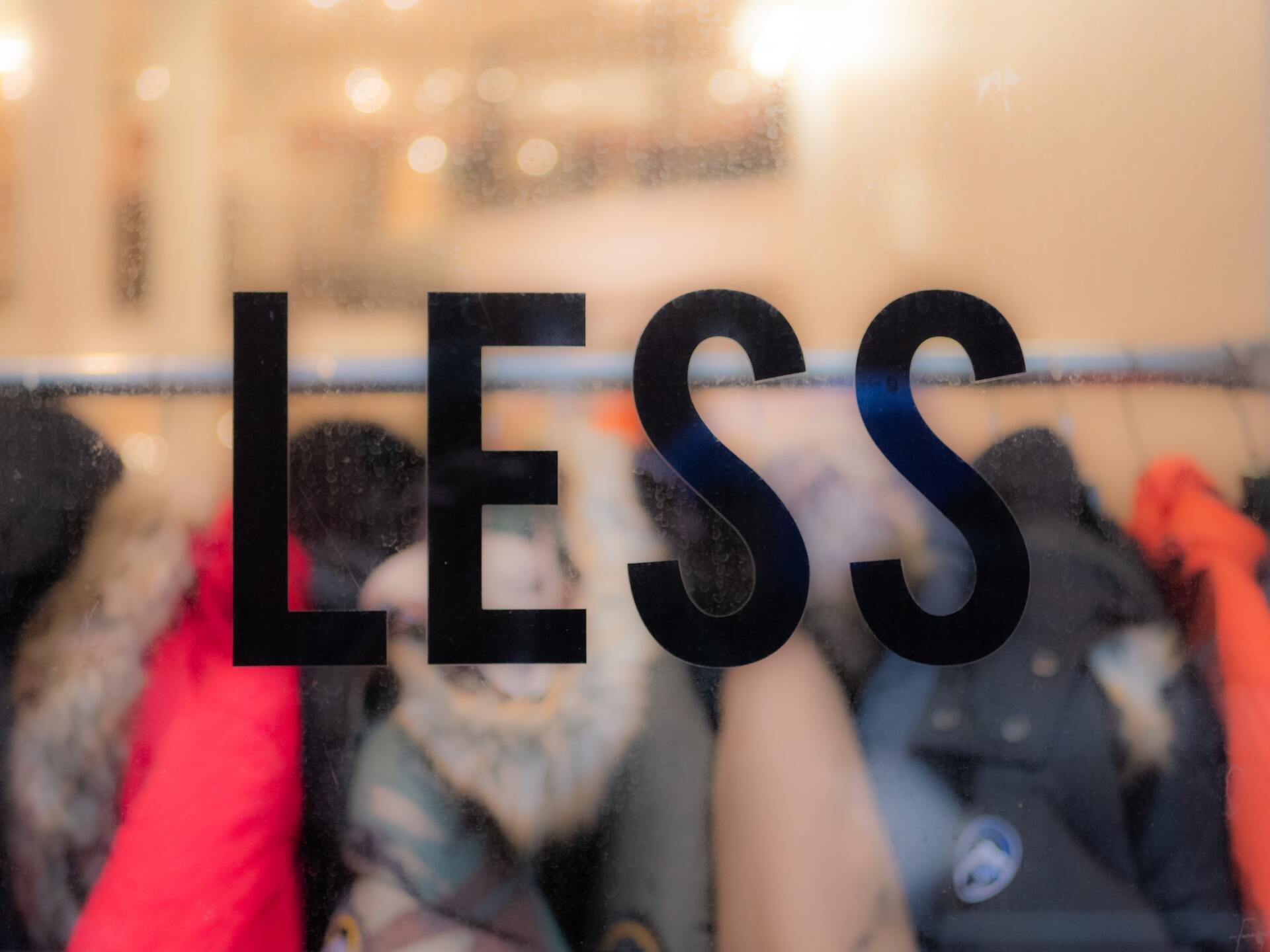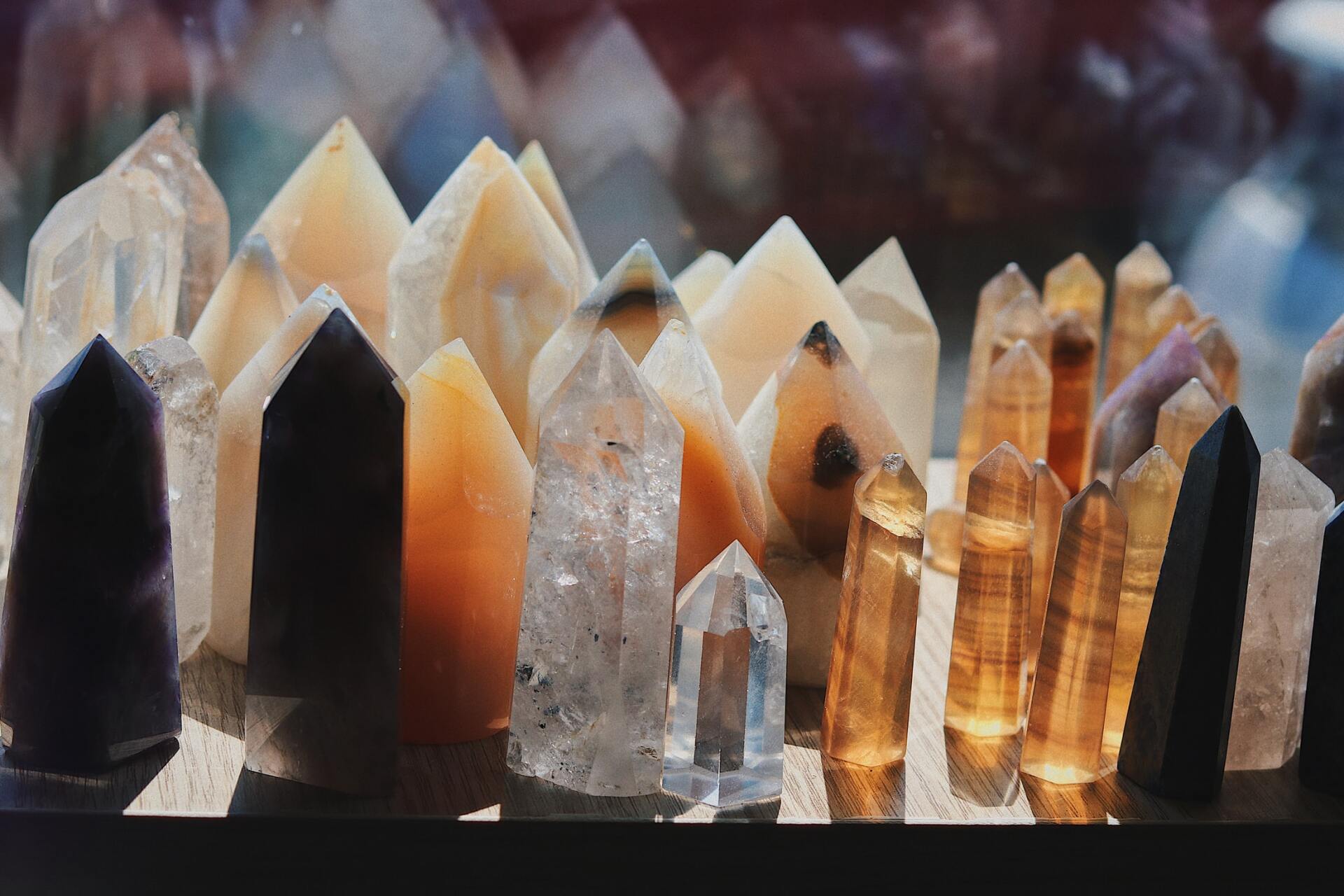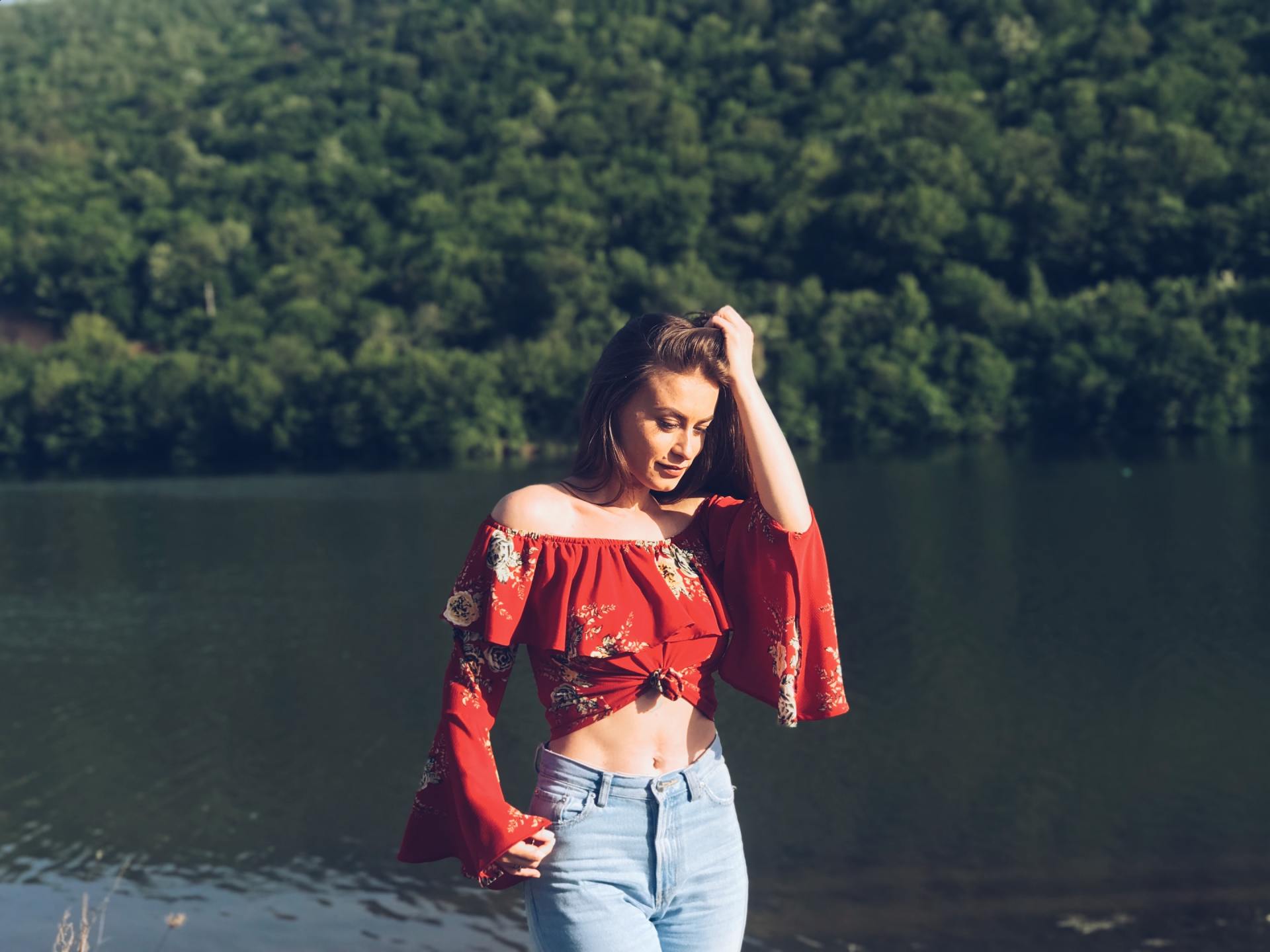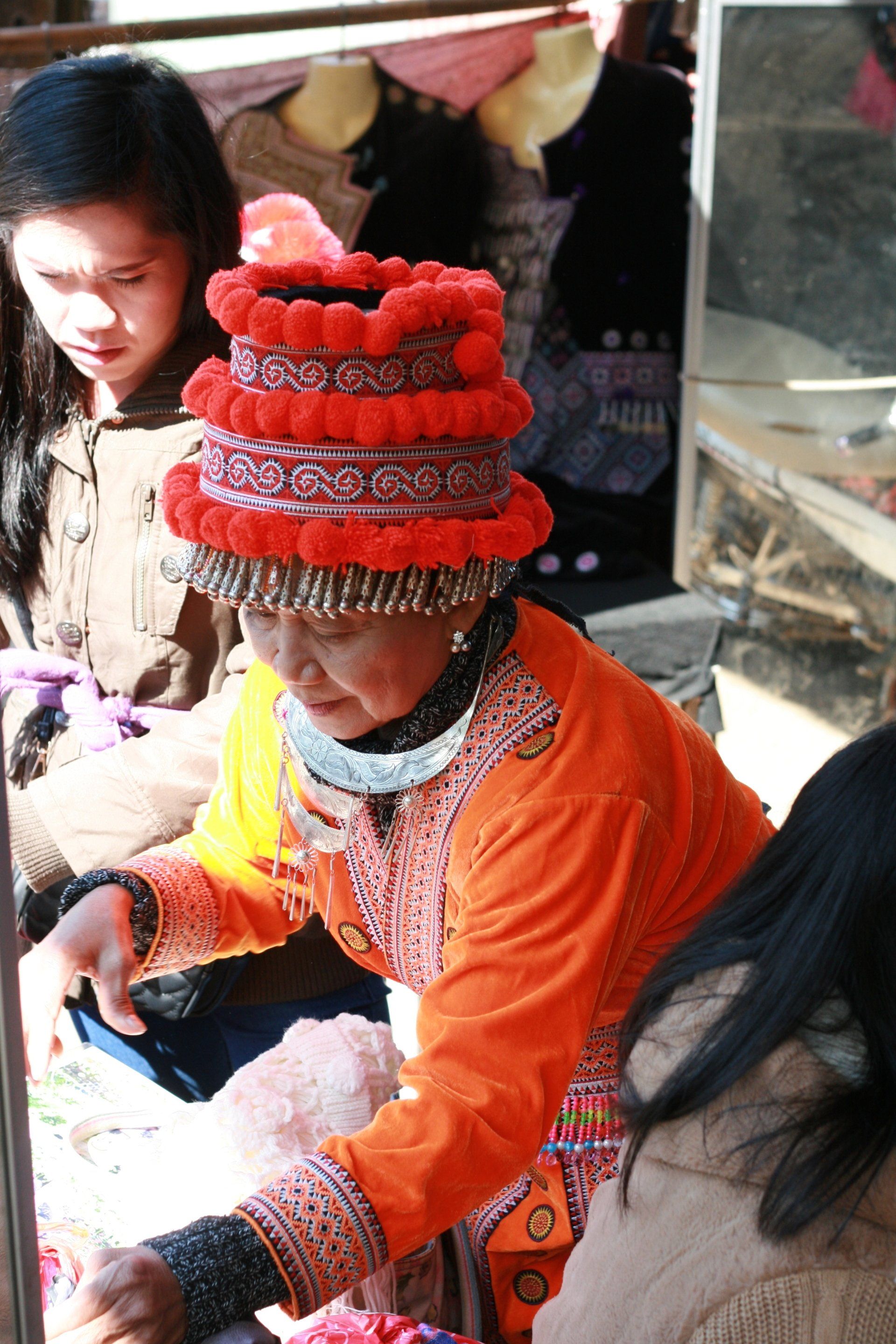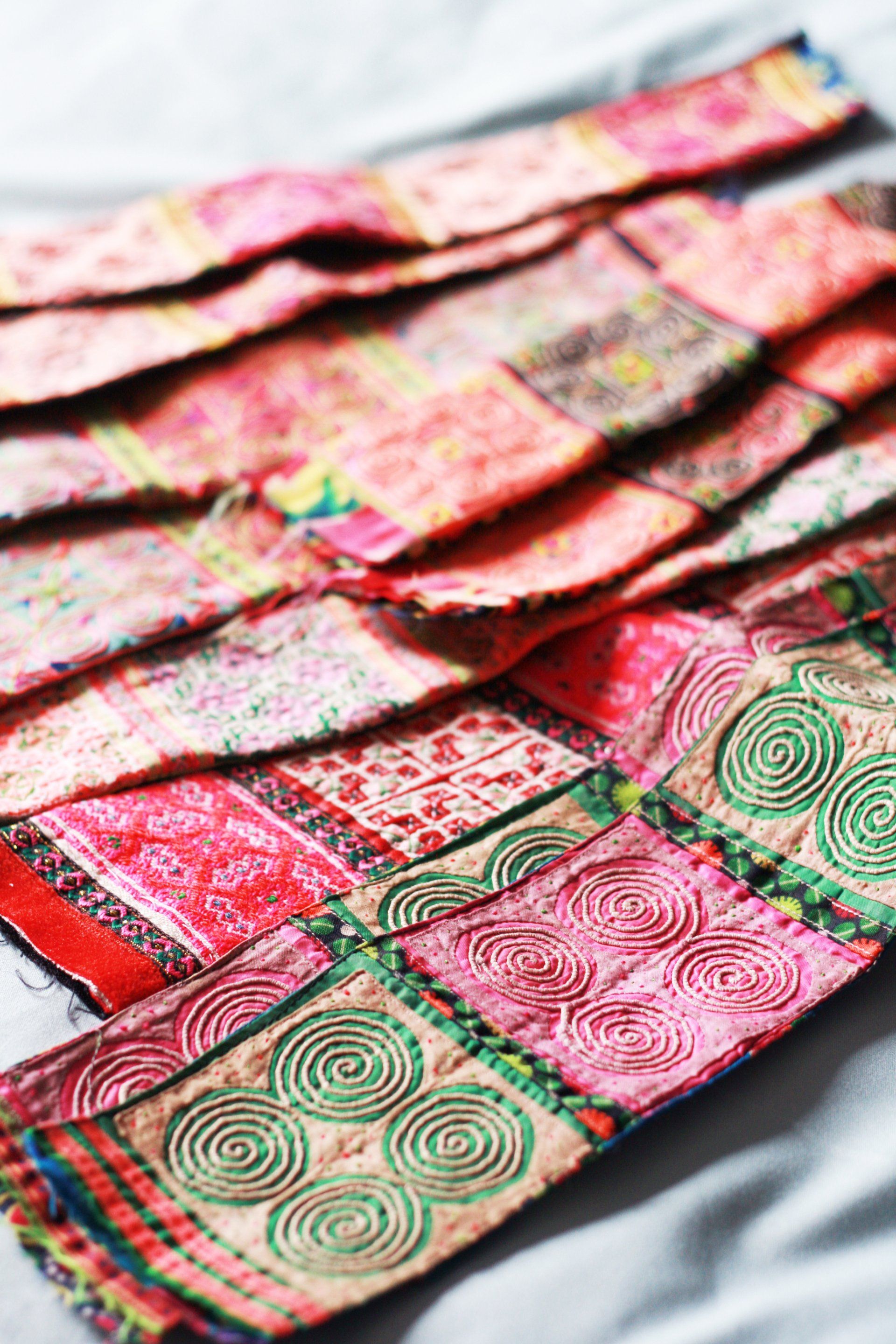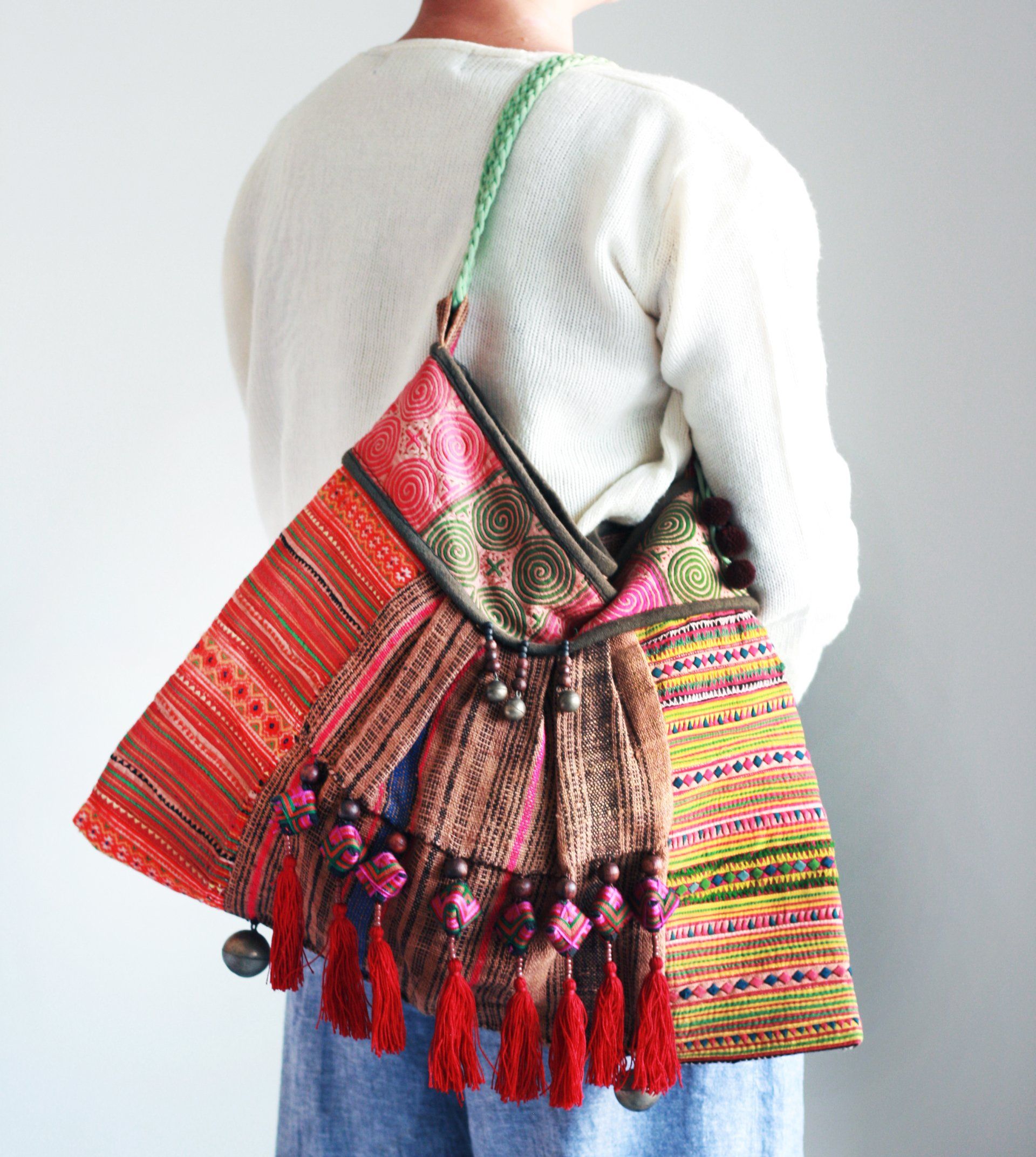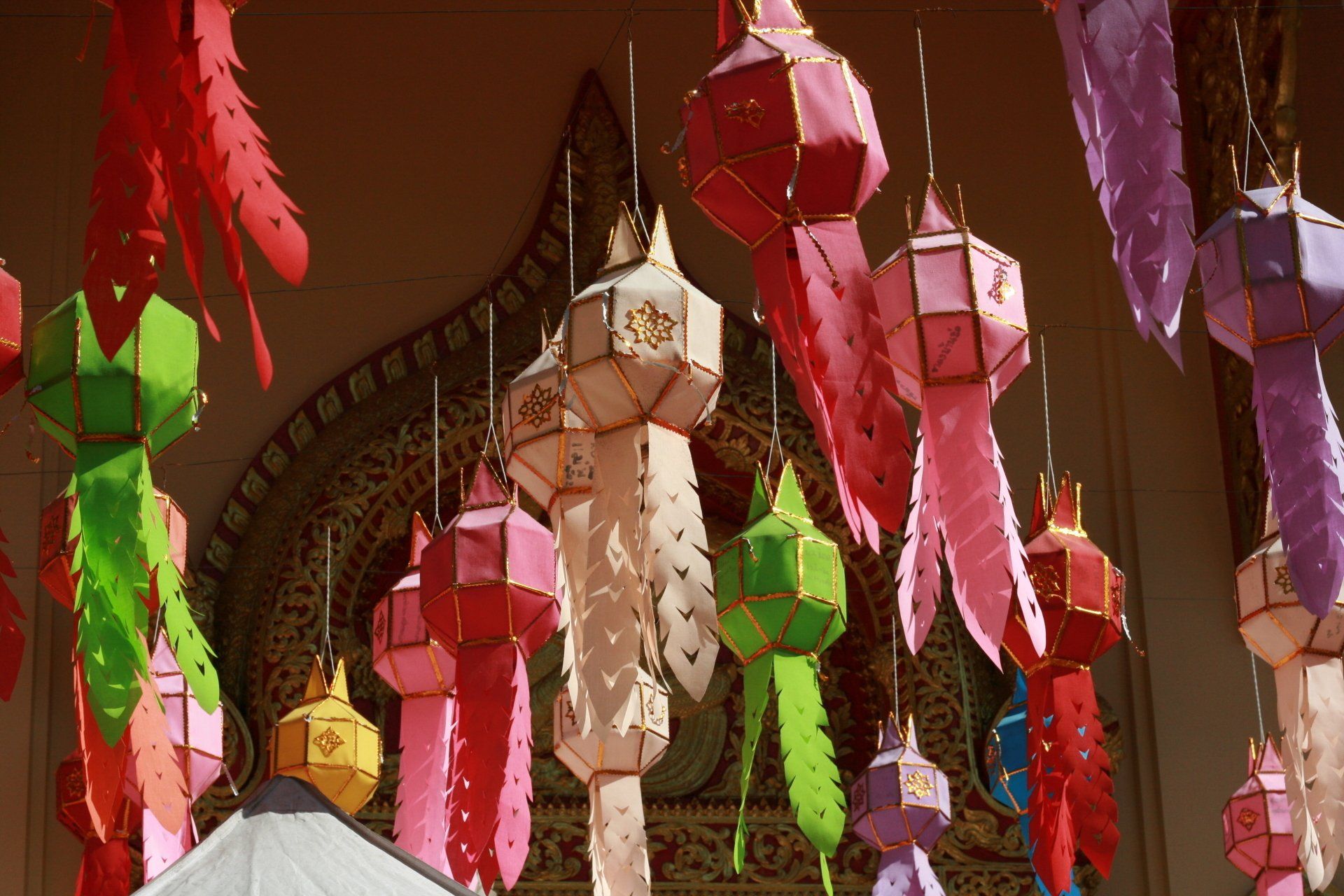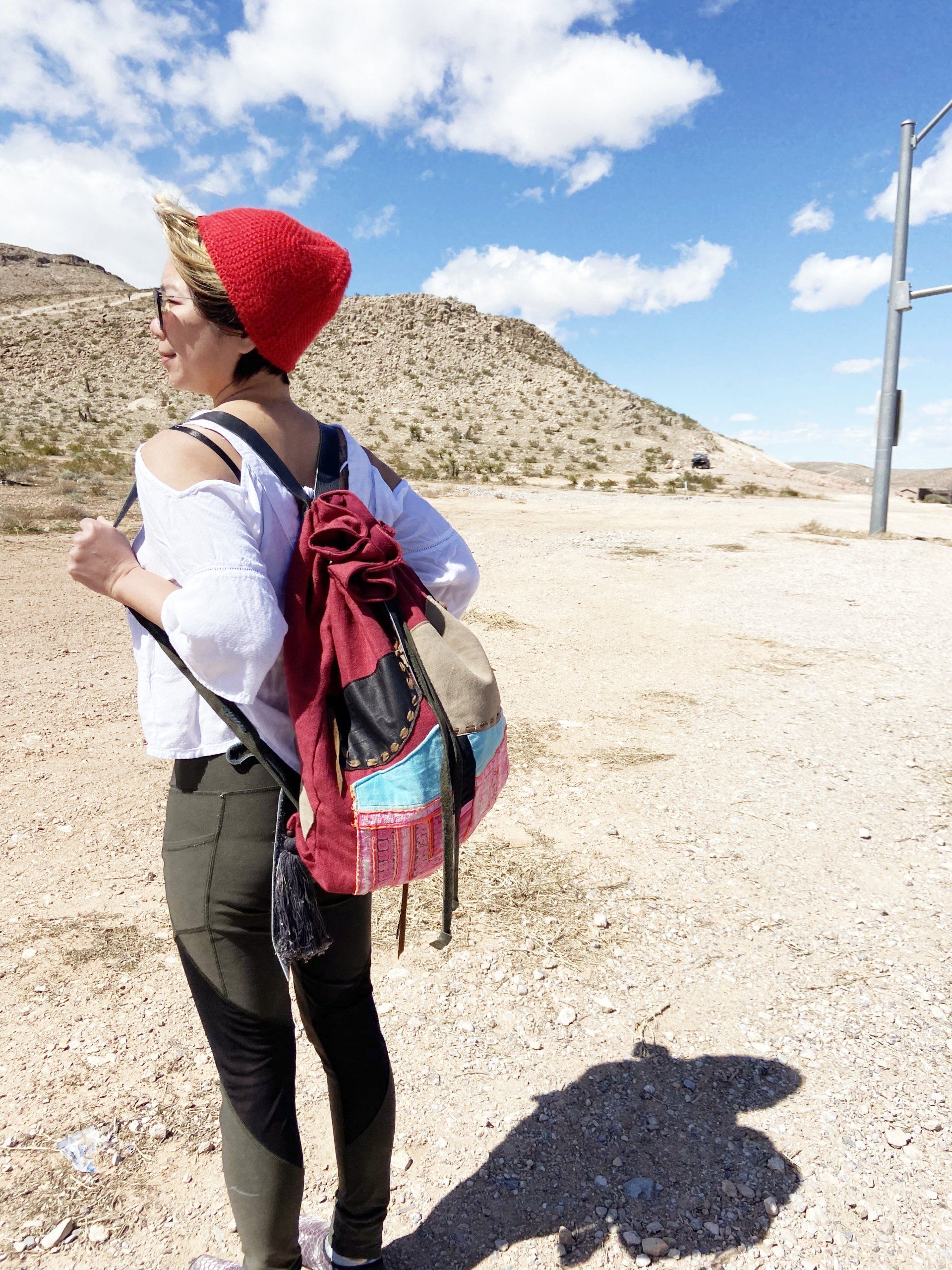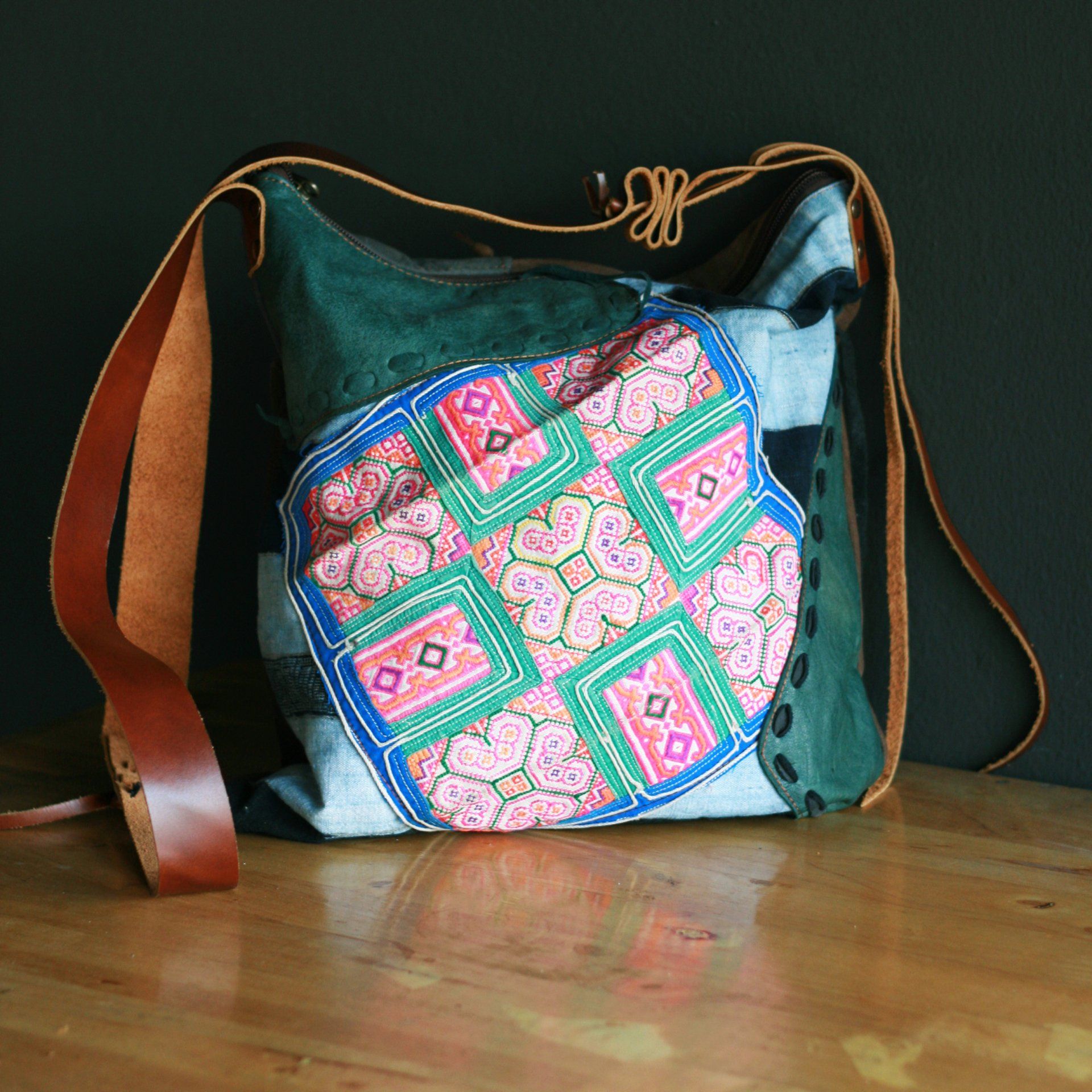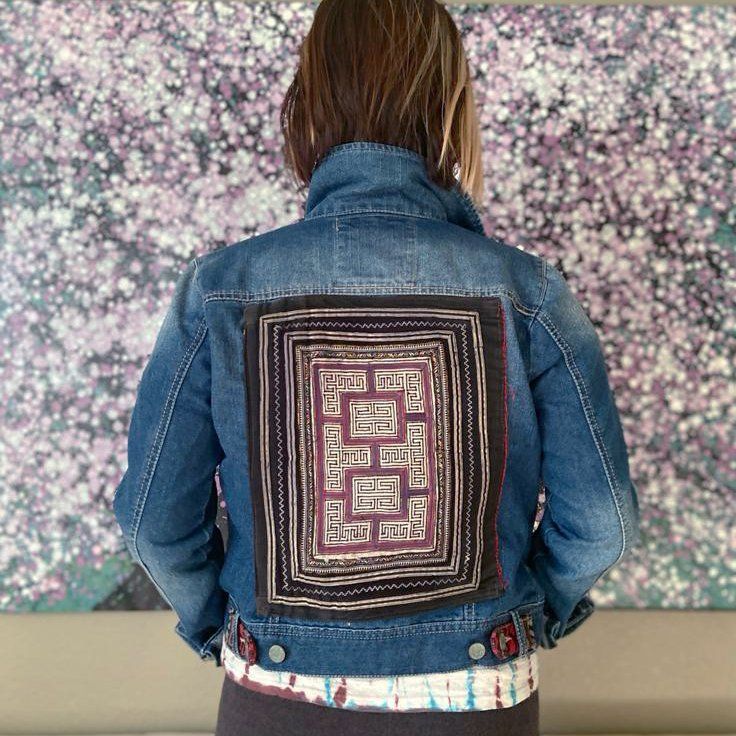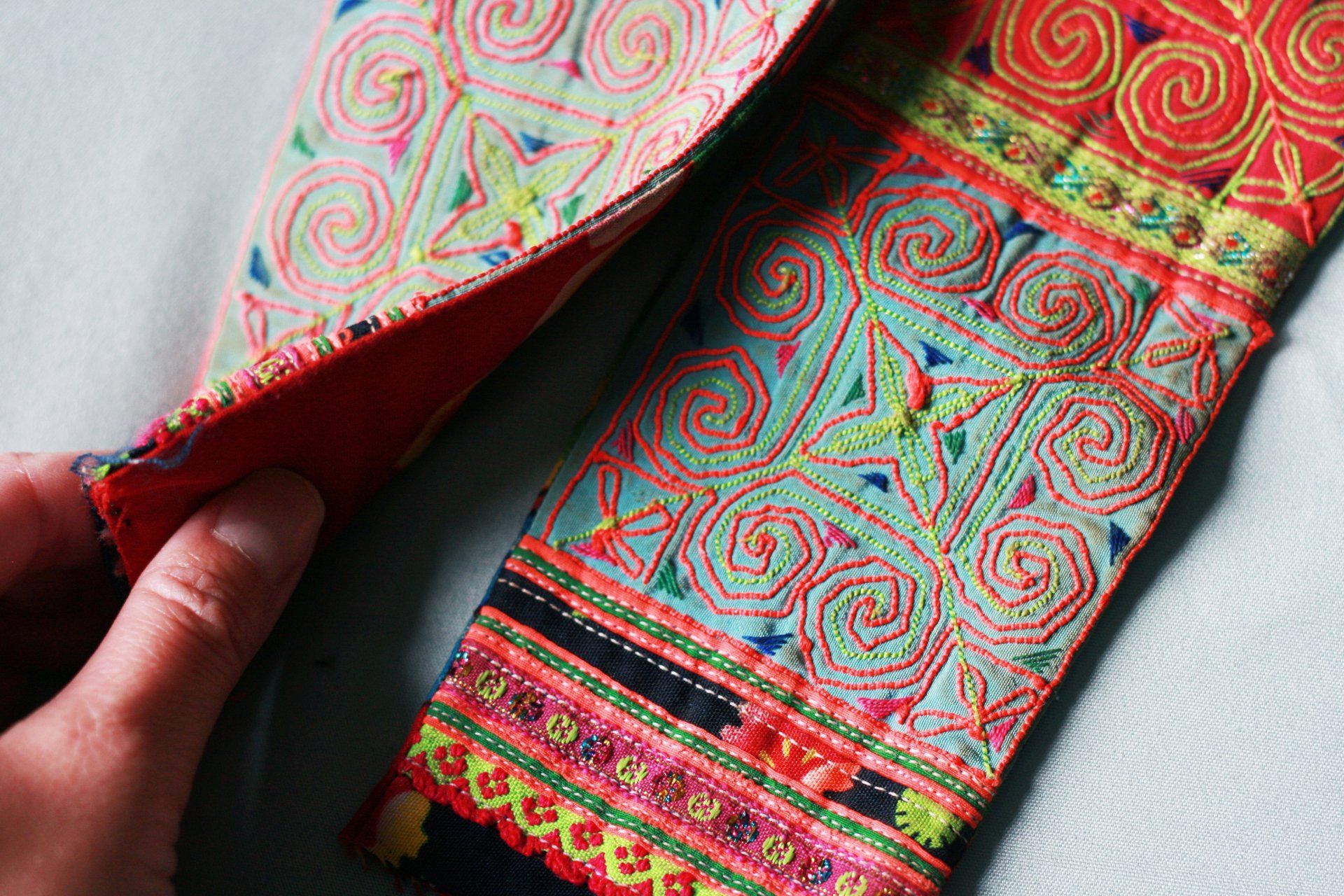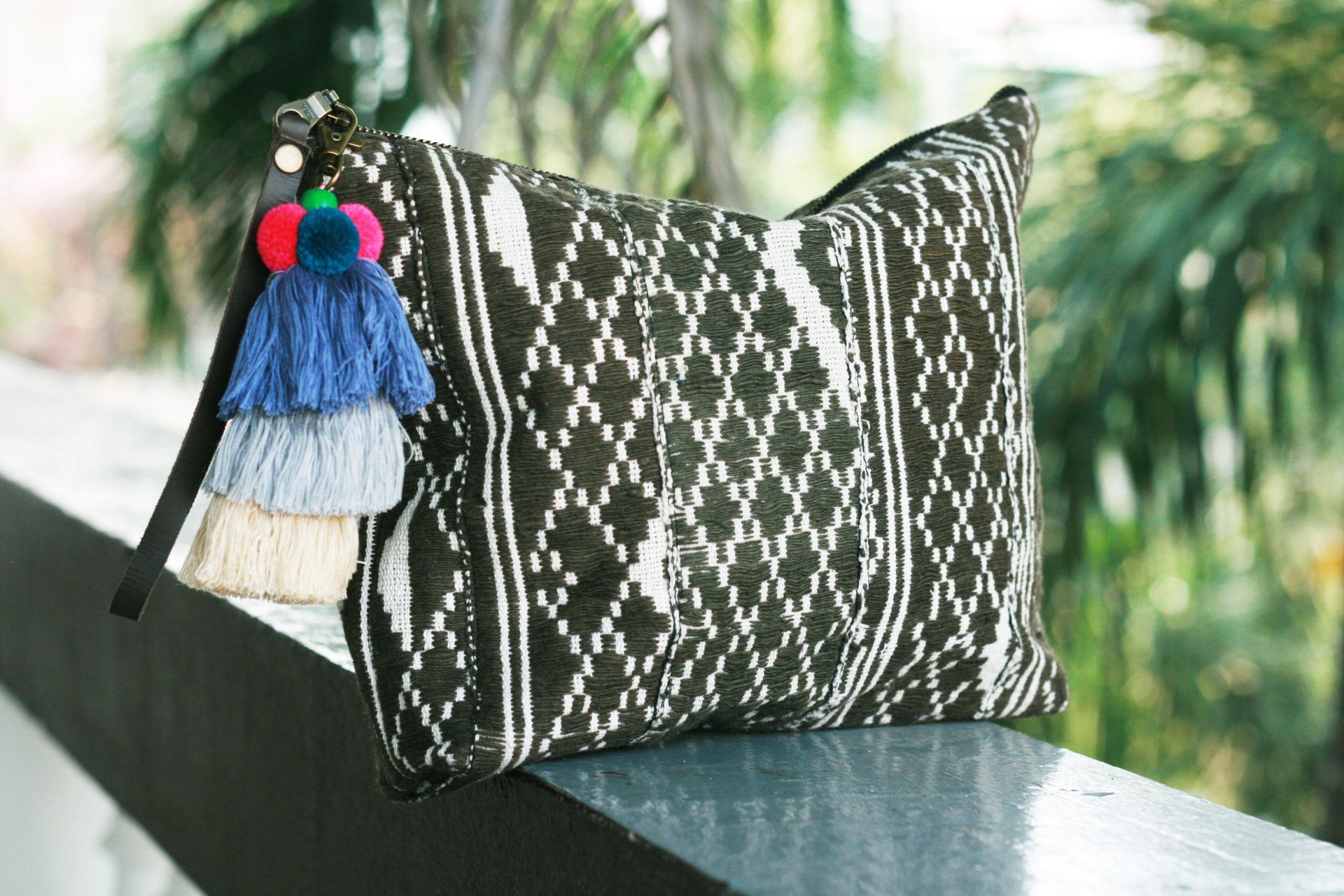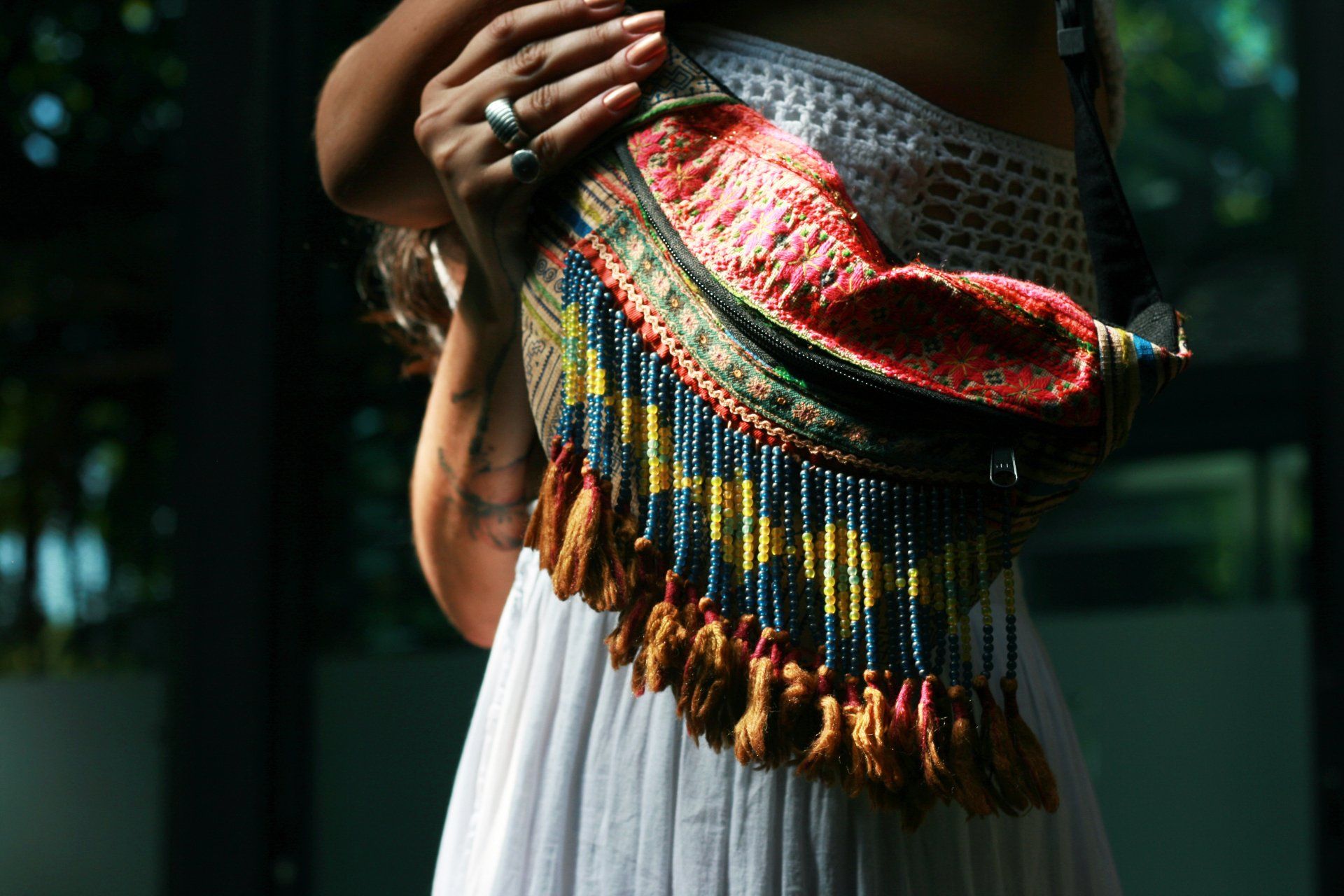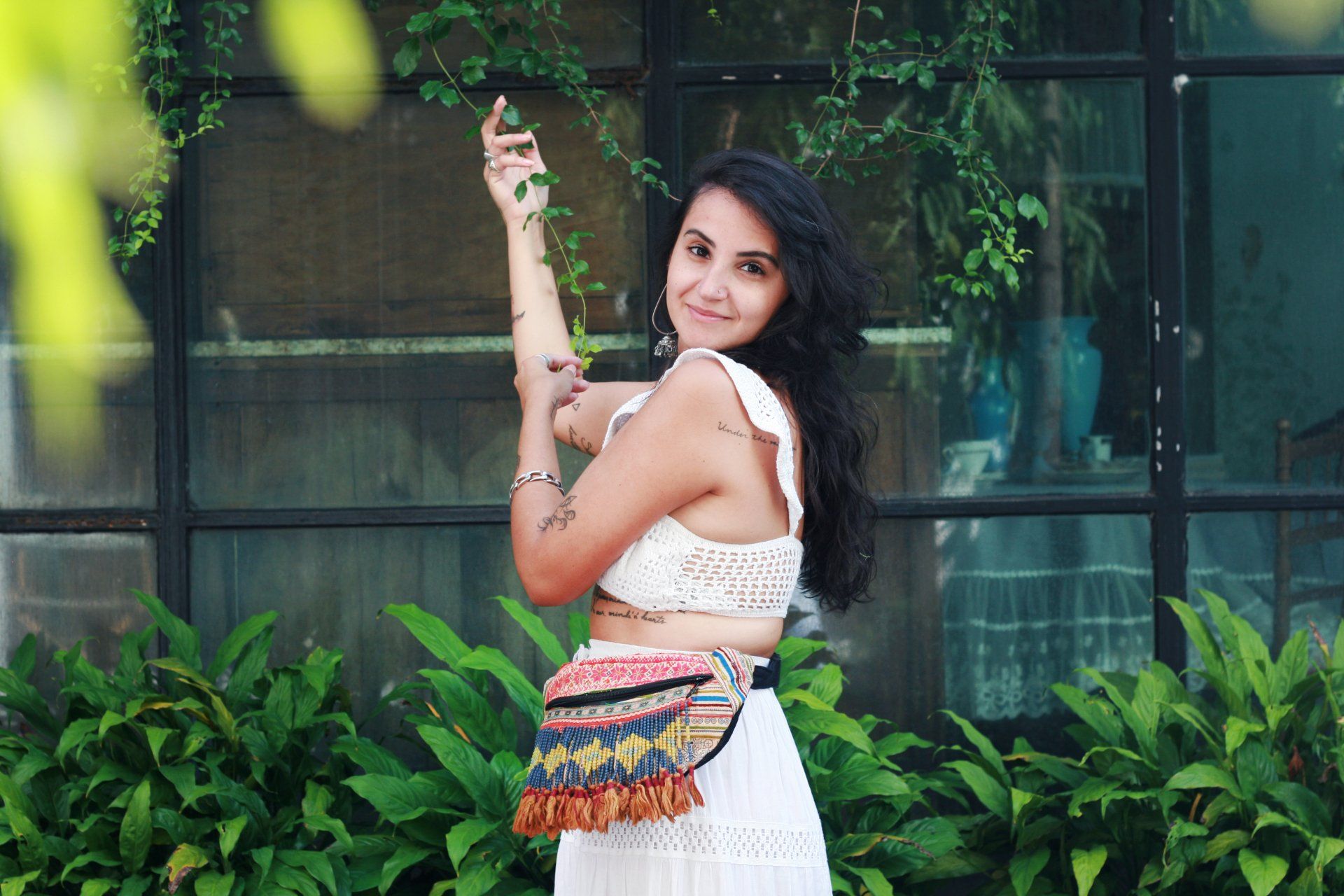Ethical and Sustainable Fashion: How to Look Good and Feel Great
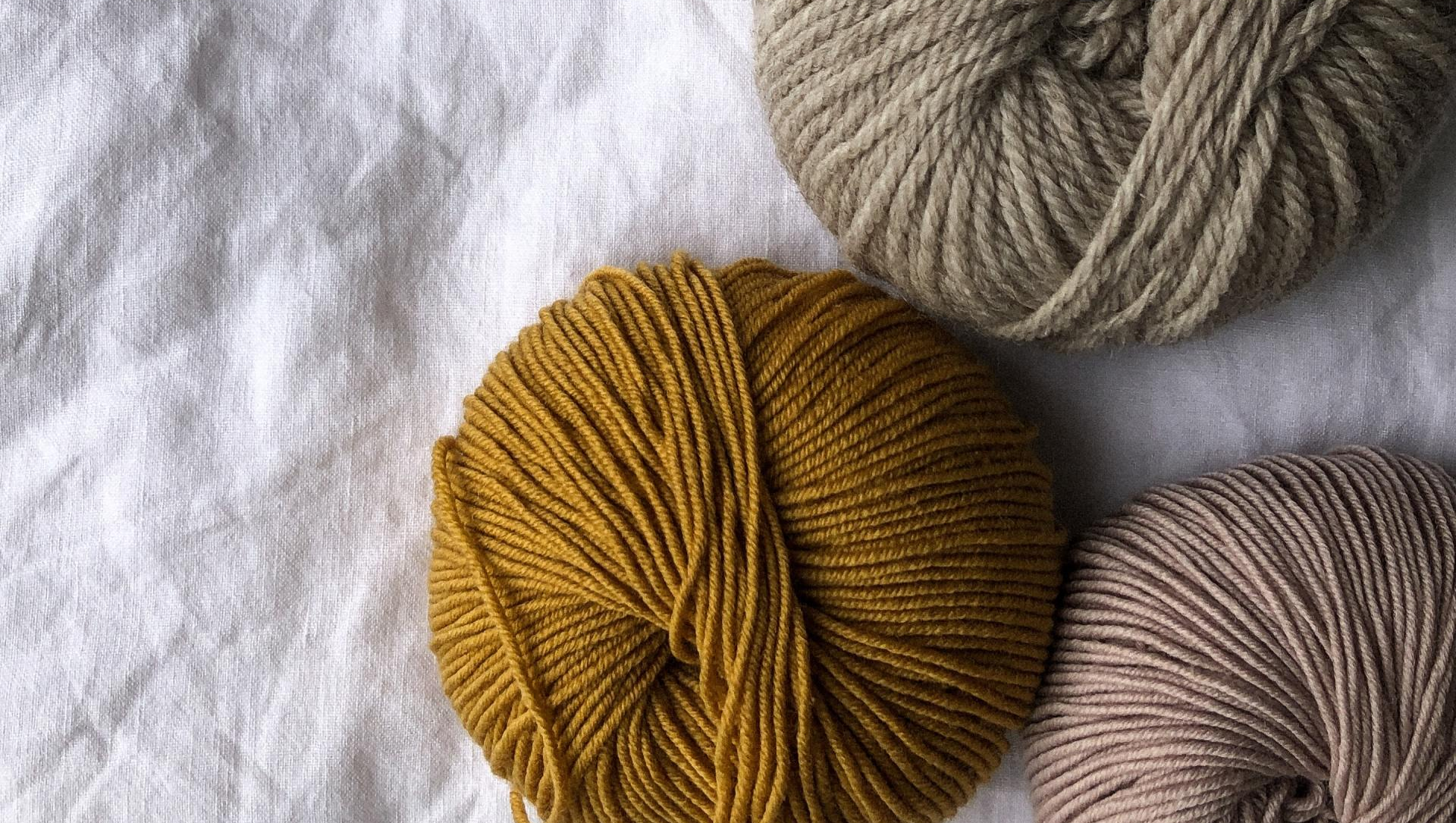
What is sustainable fashion
One definition describes it as “a mode of dress that makes use only or largely of durable, washable fabrics” but this doesn't tell the whole story. Sustainable clothing can be made from natural and synthetic materials like cotton, linen, wool, recycled nylon, recycled poly, or some materials up-cycled from another type of products.
The eco friendly aspect of sustainable fashion
The most important consideration is that the ethical manufacturing process has minimal negative impact on people and environment.
This means using organic fabrics whenever possible, grown without pesticides or herbicides; producing in an environmentally-friendly way with reduced water usage, chemical runoff, waste disposal problems are minimized as much as possible; ensuring workers’ rights by paying fair wages for, making sure we create the least waste to the Earth, least effect to climate change, and that the eco friendly materials are recyclable and biodegradable.
Recycling and up-cycling
The second important thing to look for in sustainable fashion is how the clothes will be reused or recycled after their life cycle has ended. Recycling options can include reusing fabric by up-cycling it into another garment. A very good example is the Hmong tribe fabric, which is made up of different fabrics and colours from old Hmong tribal costumes.
Why do we need to be more conscious about the clothes we buy and what they're made of
To be 100% conscious about the clothes we buy and what they're made of, it's necessary to know if the fabric is organic or not. Synthetic fabrics offer a cheaper production process because they don't need natural resources to be produced.
Sustainable materials are processed with sustainable methods that use less energy than those used for synthetic materials like nylon and polyester that are often used by fast fashion, which will never decompose and will release toxic fumes, thus bringing a larger environmental impact.
Those clothes are also more expensive because they use less materials and the process is slower than in manufacturing of synthetic fibers. But this can be an investment not only for your health, but also for the Earth as well, where you are living in there now, and so do your future offsprings.
If you buy eco-friendly clothing, it means that no pesticides or chemicals were used to grow the raw materials and the process is more sustainable.
Carbon footprint of fast fashion
There are many reasons why people would want a carbon footprint of fast fashion. For example, the environment is one reason that could make someone want to know their carbon footprint. It is possible for some people to look at this and think "I don't care about what I do with my trash because it doesn't hurt anyone." But in reality it does matter.
A recent survey found that fast fashion releases 1.2 billion tons of carbon dioxide every year, which is a potent greenhouse gas. That is a lot of pollution that comes from clothes people are wearing and throwing away after only one or two wears. The pollution from fast fashion includes the carbon emissions from the production of textiles and dyes, as well as packaging.
Another common type of pollution that comes from fast fashion is air pollution. When someone throws their old clothes in the garbage there are chemicals released into the atmosphere which can cause respiratory problems for people living nearby or even death to those with asthma and other conditions.
Dyes are a major cause of air pollution. The chemicals in dyes have been linked to cancer and other health issues, so it’s important that they be as environmentally friendly as possible. In a study, it was found that 51% of Americans had never heard about the effect on climate change from clothes production and consumption.
Alternative apparel : eco friendly practices
Whether you know it or not, the one thing that we all have in common is our impact on Earth. We can make a difference by doing things like recycling and using reusable products when possible. Eco friendly practices in sustainable fashion industry includes :
- Inclusion of organic and natural fibers into the fashion design process.
- Use less water for dyeing textiles, and the use of organic dye for dyeing.
- Eliminate toxic chemicals from production processes such as PFCs, PVCs, formaldehyde resin, pesticides etc...
Organic fabrics are made in a sustainable way that does not harm the environment
What is organic dye?
Organic dye is an all natural colorant with a history of being used for centuries. It’s made from plant-based materials like vegetables, fruits and flowers.
It can be derived using the bark or roots of trees as well as some insects that produce colors such as cochineal and lac beetles. The most popular organic dye is indigo.
Fair labor practices from sustainable fashion movement
The Fair Labor Association (FLA) has been working to ensure that the global apparel industry is safe for workers, so they are not subject to illegal and exploitative working conditions.
The FLA's work includes conducting independent assessments of factories around the world in an effort to identify common problems associated with unsafe and illegal practices within fashion brands, identifying remedial action plans to address the problems observed in factories or in entire supply chain that are either unsafe or not compliant with international labor standards.
They are promoting ways for workers to keep safe from toxins in their environment and fair-trade practices.
What is Fair Trade?
Fair Trade is a type of trade that has been developed in order to ensure the rights and well-being of workers. It operates on three key principles: justice, environmental sustainability, and economic viability.
In 1965 at an international conference in London a group created the International Organisation of Consumer Unions. They were known as the “International Fair Trade Organisation” and outlined what is fair trade certified products:
-to have adequate wages or enough for their families to survive on, this would include both local currency and living wage standards.
-there would be a right to organize and form unions.
-there should not only be fair terms of employment but also decent working conditions, meaning no toxic chemicals in the workplace or exposure to unsafe machinery.
-better prices for goods so as they could earn something from those sales rather than just being able to buy things for their family.
-there would be a fair system of trade with countries in the south where they could export as well and not just focus on importing to create jobs for local people.
Fair Trade is when farmers are paid an appropriate price for the products they create, instead of being exploited by traders who buy produce from them at below production cost. So act now to support more of the products that are fair trade certified!
What are some ways you can incorporate sustainability into your wardrobe
Except getting the fair trade certified clothing, one can try to buy clothes that are used and up-cycled, or what people called VINTAGE. Thirft store such as GoodWill in the United States. Fashionable, up-cycled clothing won't have the environmental impact of new clothes that are made from natural resources and require energy to create them.
A few tips for buying secondhand or thrift store clothing
Buying secondhand or thrift store clothing can be a great way to save money and find unique items. However, it's important to know what you're looking for before going into the store so that you don't end up spending more than needed! Here are some tips:
-Know your size
-Know what you want to wear
- Know what you can't live without
-Know how to put the item together with other items in your closet.
Other than thrift stores, clothing brand are making effort
Fashion-forward clothes made from recycled cotton are becoming more popular in many stores such as H&M Conscious Collection or TOMS Shoes “One for One” campaign, these fashion companies really made sustainability efforts!
What sustainable practices one can do
You can achieve that through washing clothes? Using less water for laundry can bring sustainability to your wardrobe. The higher clothes spin in the washing machine, the more water they soak up. Using low-water settings on any of these items, will result in them coming out cleaner with much less soap used to do so.
How to avoid fast fashion traps like Forever 21 that lead you down a path of cheap, disposable clothing
For avoiding fast fashion, to invest in quality pieces you can wear for years to come. It's important to consider the cost of a piece and how long you can wear it for. If we wait to purchase clothes until they are on sale, the same thing is going to happen: We will buy some things that may not be what we need in our wardrobe or at an affordable price. You want your purchases to feel good about themselves because they have a lot of potential to be worn over and over again.
The trap of fast fashion leads you down a path of cheap, disposable clothing. How to invest in quality pieces you can wear for years to come instead of buying clothes on sale at the moment because it may not meet your needs .
Tips for getting rid of unwanted clothes in an eco-friendly way (don't just throw them away!)
Have a giveaway party with your friends! Invite everyone to bring clothes they don't want and give them as door prizes. You might just find someone who will take home something you're trying to get rid of, too.
Also, sell your unwanted clothing on sites like eBay or Poshmark for way more than the store would pay. Lastly, you know how Hmong people up-cycle their costumes? They up-cycle different part of their colourful costumes to turn into new creations like a bag, or a fabric to be framed and make it into a wall deco! It's time to do the same with your old clothes. Put a new twist on them and style it up by sewing, crafting or painting!
The beautiful story about Hmong Fabric
Hmong people are well-known for their color handmade fabric and their costumes. Whenever they appear they are always wearing their costumes which shows that they are pretty proud of it! Hmong gives honor to their ancestors and their cultures on their costumes.
Before their Hmong New year, they will up-cycle their old costumes, turn them into wall art deco, or resell to artisans that are creating fashion pieces. They don't burn the costumes away or bury them, instead, they give the fabric a second life into something even more gorgeous!
Choose sustainable fabrics and recycled materials when possible
The fabric you choose for your clothing can have an impact on the environment. Choosing sustainable fabrics when possible (organic cotton, natural fibers) will reduce our environmental footprint and help conserve resources such as water, fossil fuels, or minerals that are extracted to make these products. Plus they usually feel softer! Also, sustainable fabric is better for your skin, and may not cause skin irritation that is often associated with chemically-treated fabrics.
Study shows that people who wore cotton clothing reported less skin irritation, even when the fabric was used in an industrial setting and subjected to harsh toxic chemicals.
Where to start from to become a eco-fashionista?
The first place to start when looking for eco-friendly clothes is your own closet. If you're not sure if the items in your wardrobe are sustainable, research it on a site like Good Guide or check out this list of materials and their environmental impacts.
You can also find organic cotton clothing at natural food stores, fashion companies. Some sustainable fashion brands are Natura, Everlane, Eileen Fisher and TOMS shoes. There is also a store called Soil, which sells many organic products.
And in Baanbohochic as well you can also up-cycled fashion accessories made from the vintage fabric from the Hmong tribe costumes from the North of Thailand.
Sustainable fashion industry leader
Sustainable fashion industry leader Conscious Clothing is a design house that produces organic, sustainable and ethical clothing for men and women. They specialize in high quality basics such as t-shirts, button ups, skirts and pants made from certified organic cotton fabrics with all pieces ethically sourced.
Sustainable purchase, Conscious consumerism
How do you know if a company is socially responsible? What makes them "socially responsible"? These are questions that many people ask themselves when they're trying to make more sustainable purchases.
Sustainable purchase, Conscious consumerism can be defined as the act of choosing goods and services from companies who support your values. It's important for consumers to understand what goes into running a business. It's time to start paying attention and knowing what you're buying!
How do I make my sustainable purchase?
Sustainable purchasing can be done by reading the companies' mission statements, understanding their values and goals, as well as learning about where they source their products from as well as how this profit support the workers behind their overall success. What if you don't want to change your buying habits?
Sustainable purchase is about making the best choices for your values and what makes YOU feel good meanwhile causing the least impact to the environment and people behind the manufacture process.
Recent Blog Posts...


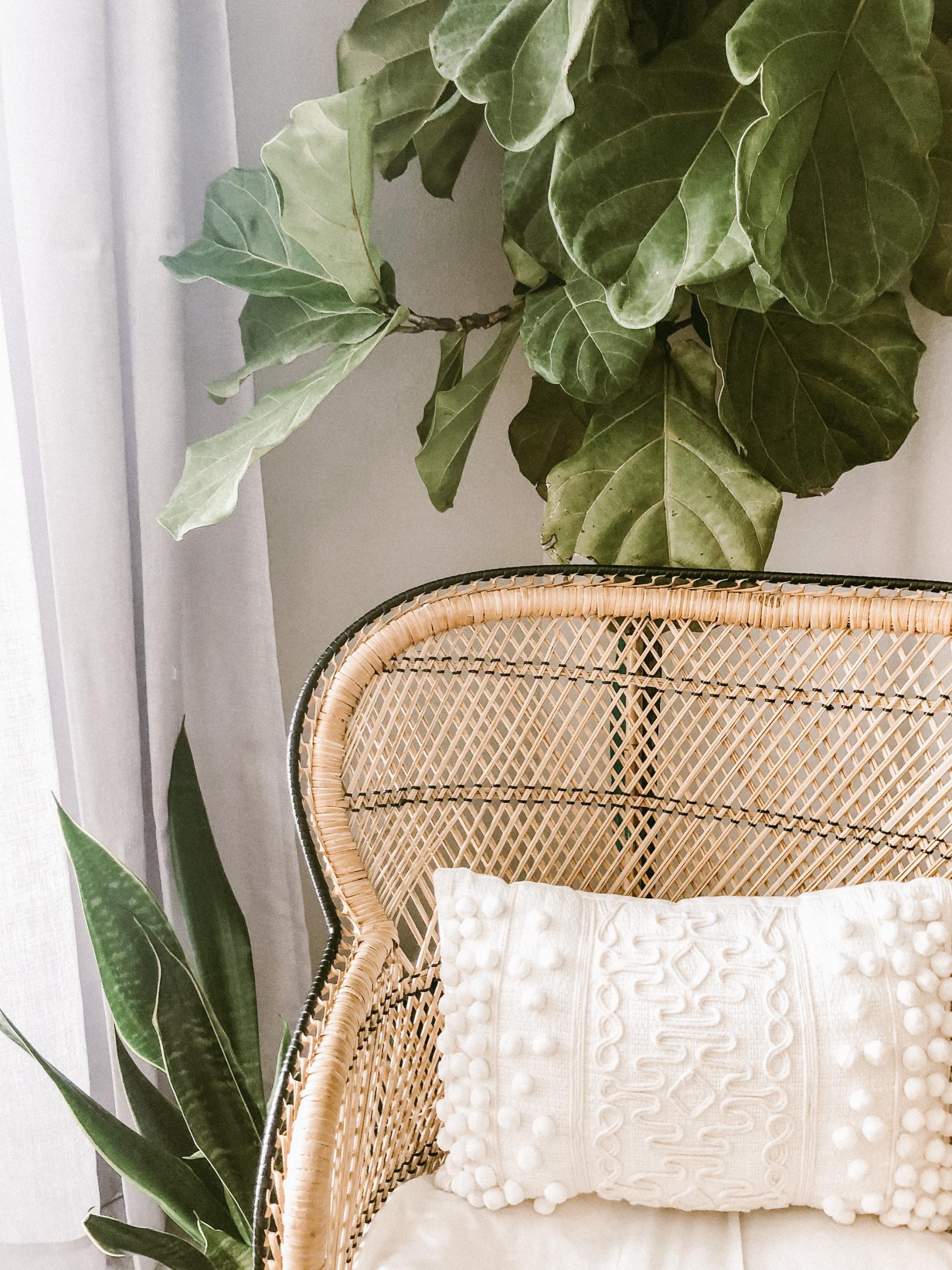
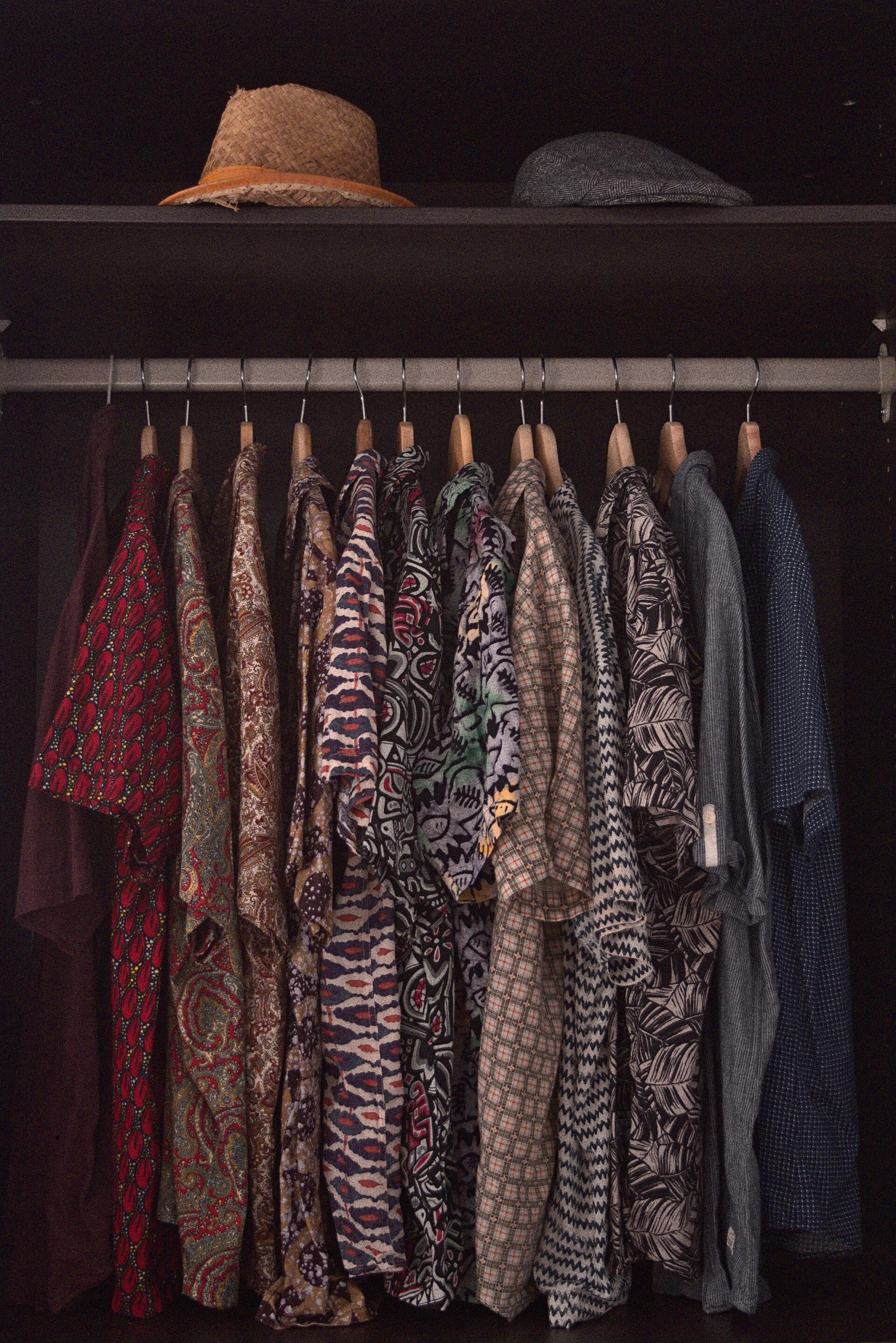
You'll love to read also...




Why People Buy From Us

"Perfect clutch, just as described. I look forward to using it when the world opens again."
Lauren, Las Vegas
"I have looked and looked and perused some more at this bag. It is, as you note, utterly unique. Over the past several days I have examined truly thousands of bags here, eBay, Amazon, and what not in order to find a bag that is me. And only me. I found it! It is yours. This one."
Sheridan, New Hampshire
"I absolutely LOVE this Hmong Jean jacket! I was hesitant if I would fit it even though I measured myself, but this fit me perfectly!! I love the touch of the Hmong Paj ntaub cloth on the back ❤️"
Christine, Miami
"...it is a great buy for me; became my favourite book bag immediately!"
Hoa, Australia
Hoa, Australia
its beautiful and the crystal stays in there snug, i really like the beauty of it and its defiantly worth $50 dollars as this shop did amazing work with it
Write your caption hereKylee, North Carolina
"This beautiful bag came just on time for my trip. I love the piece of Hmong textile, and the craftsmanship is beautiful. The seller was amazing shipping my bag as fast as he/she could making sure I would get it on time. They even kept me update on the shipping progress. Excellent customer service!! A++++++!"
Write your caption hereSongbird, Idaho
"It’s lovely. Just like pic. My first one ☝️ and I’m so excited 😆 seller is awesome 😎 too. If you have any issues just reach out and all will be well. Hope this helps. Om shanti 🙏🏾"
Write your caption hereErica, Florida
FOR SHOPPERS
Shipping Policy
All items are shipped with tracking number and shipping will take 7 to 14 business days. Due to the COVID-19 situation, postal service might delay.
Return and Exchange
With all products being handmade and customised, we cannot accept return or refund. However to ensure that our customers are happy with their experience, please contact us if you have any questions about your purchase!
Customer Service
Got questions on your order? Contact us and we are here for you!
FOR WHOLESALERS
Join us as a Partner
Wanna get your hands on these hot items? Become an ambassador and sell our products in your country!
Categories
Get Free Sample
From Local Tea Farm!
Contact Us
We will get back to you as soon as possible.
Please try again later.
All Rights Reserved | Baan Boho Chic
